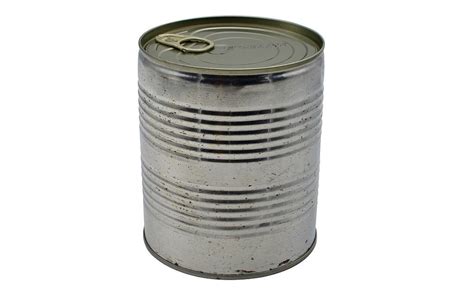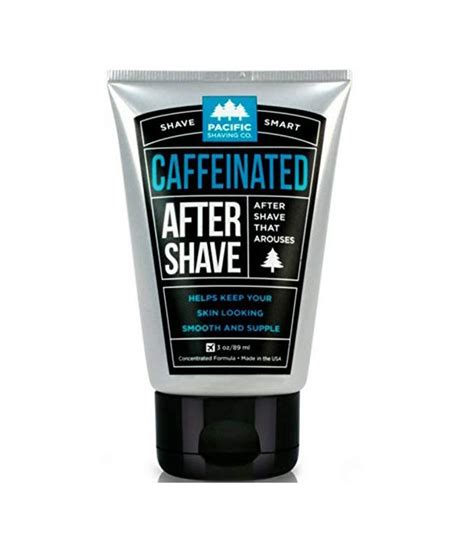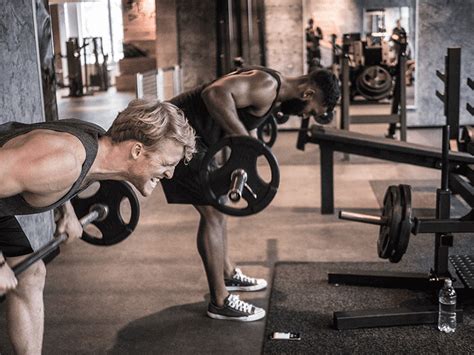How to break through a strength training plateau for optimal muscle gain?

Every serious lifter eventually encounters the frustrating wall of a strength training plateau. What once seemed like consistent progress—adding weight to the bar, performing more reps, or seeing continuous muscle growth—suddenly grinds to a halt. This stagnation can demotivate even the most dedicated individuals. However, hitting a plateau isn’t a sign of failure; it’s an indication that your body has adapted to your current stimulus, and it’s time to intelligently adjust your approach to unlock further gains.
Understanding the Plateau: Why Progress Stalls
Your body is an incredibly adaptable machine. When you consistently expose it to a specific stressor, like lifting weights, it responds by getting stronger and building muscle (hypertrophy) to better handle that stress. However, once it adapts, the same old routine no longer provides enough of a challenge to stimulate further growth. This is where a plateau forms. It’s a signal that your training needs a strategic overhaul, not just more of the same.

Core Strategies to Shatter Your Plateau
Breaking through a plateau requires a multi-faceted approach, addressing both your training regimen and your lifestyle factors. Here are proven strategies to get you back on the path to optimal muscle gain:
1. Re-evaluate Progressive Overload
Progressive overload is the fundamental principle of muscle growth. To continue getting stronger and bigger, you must continually challenge your muscles beyond their previous limits. If you’ve stalled, it’s crucial to assess if you’re truly applying this principle consistently. This doesn’t always mean just adding more weight. Consider:
- Increasing Weight: The most straightforward method, if possible.
- Increasing Reps: Performing more repetitions with the same weight.
- Increasing Sets: Adding more total work volume.
- Decreasing Rest Intervals: Performing the same work in less time, increasing intensity.
- Improving Form: Lifting the same weight with stricter, more controlled form can effectively increase the challenge on the target muscles.
- Increasing Time Under Tension: Slower eccentric (lowering) phases or paused reps can enhance muscle stimulation.

2. Implement Training Variation
Doing the same exercises, rep schemes, and workout structures indefinitely will inevitably lead to a plateau. Varying your training stimulus can shock your muscles into new growth. This doesn’t mean changing your entire routine every week, but rather making intelligent adjustments over time.
- Change Rep Ranges and Intensity: If you typically train in the 6-10 rep range, try a few weeks focusing on heavier weights for 3-5 reps, or lighter weights for 12-15 reps. This targets different muscle fibers and energy systems.
- Vary Exercise Selection: Swap out similar exercises. For example, if your bench press has stalled, try dumbbell bench press, incline press, or dips for a few weeks. If your back squat is stuck, experiment with front squats, hack squats, or leg presses.
- Adjust Tempo and Rest Intervals: Experiment with longer eccentrics (e.g., 3-4 second lowering phase) or incorporate pause reps. Alternatively, reduce your rest periods between sets to increase metabolic stress.
- Incorporate Advanced Training Techniques: Techniques like drop sets, supersets, giant sets, rest-pause sets, or forced reps (with a spotter) can be used judiciously to push past your normal limits for a short period.
3. Periodization and Deload Weeks
Systematic variation of training volume and intensity (periodization) is crucial for long-term progress and preventing plateaus. A deload week, typically every 6-12 weeks, involves significantly reducing your training volume and/or intensity (e.g., 50-70% of your normal weight or sets) for 5-7 days. This allows your central nervous system and muscles to fully recover, repair, and resensitize to training, making you stronger when you return to your regular routine.

4. Optimize Nutrition and Hydration
You can’t build a house without bricks, and you can’t build muscle without proper fuel. A plateau might indicate that your nutritional intake isn’t supporting your training demands. Ensure you are:
- In a Slight Caloric Surplus: To build muscle, you generally need to consume slightly more calories than you burn.
- Consuming Adequate Protein: Aim for 1.6-2.2 grams of protein per kilogram of body weight to support muscle repair and growth.
- Getting Enough Carbohydrates: Carbs fuel your workouts and replenish glycogen stores, critical for performance and recovery.
- Eating Healthy Fats: Essential for hormone production and overall health.
- Staying Hydrated: Water plays a vital role in every bodily function, including muscle contractions and nutrient transport.

5. Prioritize Recovery and Sleep
Muscle growth doesn’t happen in the gym; it happens during recovery. If you’re constantly pushing yourself without adequate rest, you’re setting yourself up for overtraining and plateaus. Aim for 7-9 hours of quality sleep per night. Manage stress effectively, as chronic stress elevates cortisol, which can hinder muscle growth and recovery. Consider active recovery like light cardio, stretching, or foam rolling.
6. Assess and Correct Form
Sometimes, a plateau isn’t about needing more weight or reps, but about suboptimal movement patterns. Poor form not only limits your ability to lift heavier safely but also reduces the effective stimulation of the target muscles. Record your sets and review them, or consider hiring a coach for a few sessions to identify and correct any technical flaws. A small adjustment in setup or execution can unlock significant strength gains.

Consistency is Key
Breaking through a plateau requires patience, experimentation, and consistent effort. Don’t get discouraged; instead, view it as an opportunity to learn more about your body and refine your training strategy. By intelligently implementing progressive overload, varying your training stimulus, prioritizing nutrition and recovery, and ensuring proper form, you can effectively shatter strength training plateaus and continue making optimal muscle gains for the long term.






